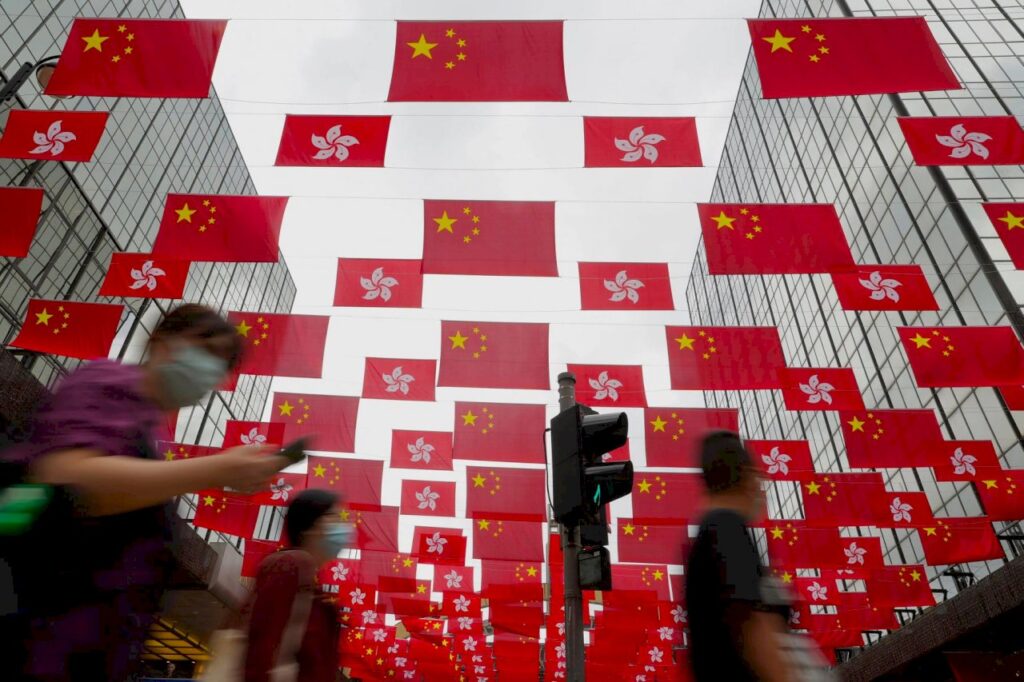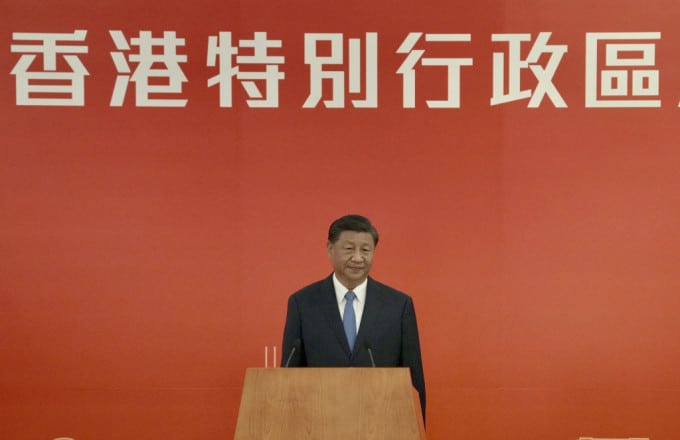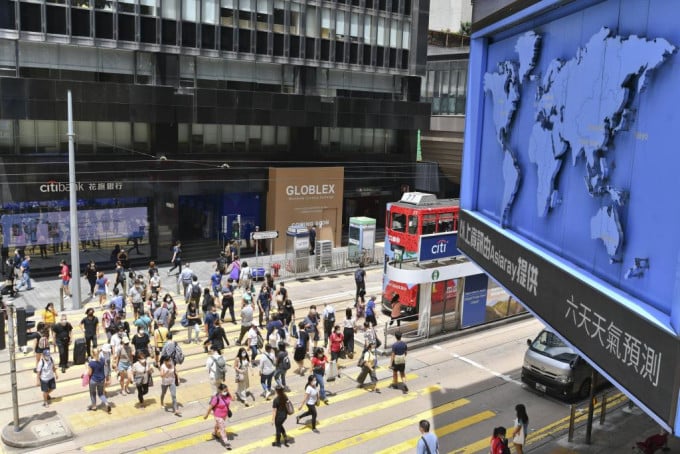Western mainstream media's singular narrative distorts China's image into a stereotype confined to ideological confrontation, leading to widespread misunderstandings among foreign audiences. Rapidly shifting global geopolitical dynamics exacerbate the difficulties faced by China in exporting and disseminating its culture. According to statistics from the Global Times (Note), negative coverage of China in eight major Western countries outnumbers positive coverage by 2.7 times. This overwhelming negative public opinion, combined with social media algorithms, creates a complex information cocoon that continues to marginalize China's voice abroad.
China's content exports have traffic but lack substance
At the same time, with the continuous emergence of new technologies, the competition for media discourse power among countries has fundamentally changed. TikTok has exploded in popularity overseas in recent years, its integrated platform for short videos, live streaming, and shopping unstoppable, making it a popular entertainment destination for young people abroad. In 2024, American youth spent 76 minutes daily online on TikTok, demonstrating that this China-led international communication platform has accumulated a solid user base.
However, TikTok's content strategy has fallen deeply into the trap of prioritizing form over substance. Aside from the recent "China Travel Challenge," which mainland China has actively promoted, TikTok's mainstream content still consists primarily of unproductive content such as cross-dressing, dancing, and eating shows. While this content appeals to the "lower-tier market," it has also overshadowed the platform's mission of exporting culture by allowing entertainment to dominate.
Ultimately, whether it is a Vlog (video blog) or a live broadcast, they are just forms of expression and containers; what truly influences international communication is whether the container contains Chinese herbal medicine, Maotai, the national liquor, cognac, or cola soda.
Therefore, what we actually need to address is the flaw in narrative hollowing out under the platform's advantages. The "China Travel Challenge" also utilizes the vlog format, but the content leverages the 72/144-hour transit visa-free policy to invite overseas travel bloggers to experience China. One video, showcasing Shenzhen's esports and innovation parks, became a traffic generator within the platform. This "Chinese-style challenge" has clearly imprinted a cultural identity that attracts foreign tourists to China. Similarly, if the "costume challenge" featured characters from Chinese anime, rather than Nezha or Wukong, and the "dance challenge" featured traditional Chinese dance techniques, and the food featured in the eating show featured traditional Chinese cuisine, audience behavior would undoubtedly shift.
Hong Kong creations receive acclaim overseas
As Sino-US relations shift toward strategic competition, Hong Kong's diverse image is also being deliberately downplayed by Western media. Government-directed communication channels can easily backfire, raising suspicion among overseas audiences and leading them to view soft cultural promotion as a mere "policy propaganda tool."
Comparing the two official YouTube accounts dedicated to promoting Hong Kong, BrandHK's "Brand Hong Kong" video content primarily features Hong Kong scenery and concept illustrations paired with slogans. To date, it has posted over 1,500 videos, but only 6,600 subscribers, and only seven videos have surpassed one million views. "HONG KONG," hosted by Discover Hong Kong, focuses on Hong Kong's attractions and personal stories. While it has posted less than half as many videos as "Brand Hong Kong," at just 550, it boasts 95,000 subscribers, two videos exceeding 10 million views, and over 40 videos exceeding one million views.
This shows that audiences prefer content that tells a story and connects to real life. Simply presenting data and advantages is far less effective than soft entertainment.
Artistic works showcasing the mountains and rivers of the motherland have subsequently received acclaim overseas. There is already an example of this, which was directed by us Hong Kongers - the documentary "The World Sees Ningxia" directed by Hong Kong director Gao Zhisen in 2019. It introduces the wineries and their products on the eastern foot of the Helan Mountains, combining the ecological protection of Ningxia and the characteristics of the Hui ethnic group's intangible cultural heritage. It was broadcast on multiple platforms such as American City TV, Dish Network, YouTube, etc., and won the Chinese Cultural Communication Award at the 2020 China-US Film Festival.
In fact, Hong Kong people are most suitable to use their amazing perspective of getting a glimpse of their motherland for the first time, combined with their understanding of the tastes of overseas audiences, to avoid formulaic and slogan-like expressions, and to transform Chinese cultural elements into life scripts that foreigners can immerse themselves in.
Funding integrated media to activate grassroots creativity
Leveraging the advantages of the country's established platforms, Hong Kong should utilise the existing funding system of the Cultural and Creative Industries Development Department to develop a more diversified "Telling China's Stories Well" integrated media funding scheme. Beyond traditional big-screen films, other creative forms that have gradually become mainstream today should be considered, such as short video series, AR/VR (augmented reality or virtual reality) works, and games. This could be used as an incentive to encourage Hong Kong artists to engage in creative endeavours, using start-up capital as an incentive.
These creative forms beyond film are ubiquitous internationally. For example, the Oxford Reading Tree children's book series, China Stories, uses interactive point-and-read technology to vividly recreate traditional Chinese elements such as brush calligraphy and dragon and lion dances in audio picture books. Another example is the video game Cyberpunk 2077, which used Hong Kong's Kowloon Walled City as inspiration for its world modeling, contributing significantly to the promotion of the unique character of both China and Hong Kong.
This shows that Hong Kong should keep pace with global entertainment trends and continue to expand the scope of funding for art works with the theme of "telling China's stories well". It should also use culture, entertainment and education as entry points to incorporate Chinese elements into everyday scenes, and develop more artistic creations based on this theme and promote them internationally.
Hong Kong should leverage its unique advantages to break down language and cultural barriers
A communications revolution, upending traditional modes of information reception, is underway. China has explicitly called for the development of a more effective international communications system, aiming to promote a "credible, lovable, and respectable" image of China. Hong Kong not only shoulders the mission of conveying national values but should also leverage its unique cultural intersection to break down language and cultural barriers through creative content that engages with everyday life, entertainment, and education, thereby promoting the global export of Chinese culture.
From short videos to immersive experiences, from local stories to national aesthetics, Hong Kong can leverage its creative freedom and international sensibility to activate grassroots power. Only in this way can Hong Kong truly become an international storyteller of Chinese stories, enabling foreign audiences to understand China through resonance.



